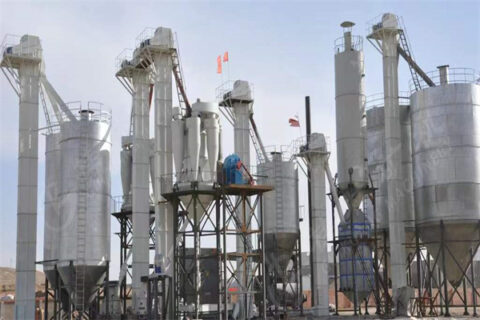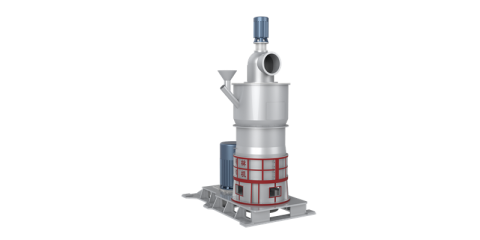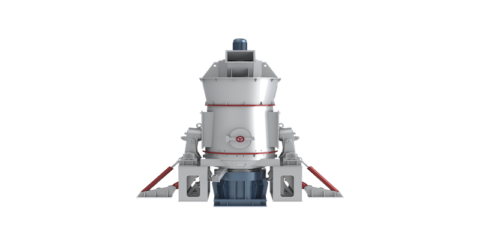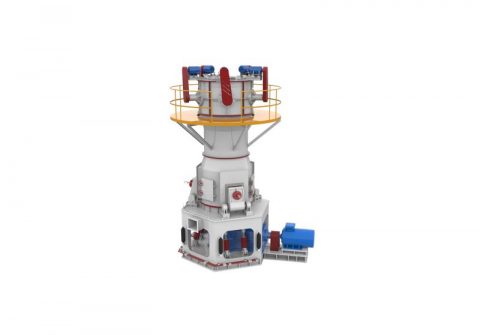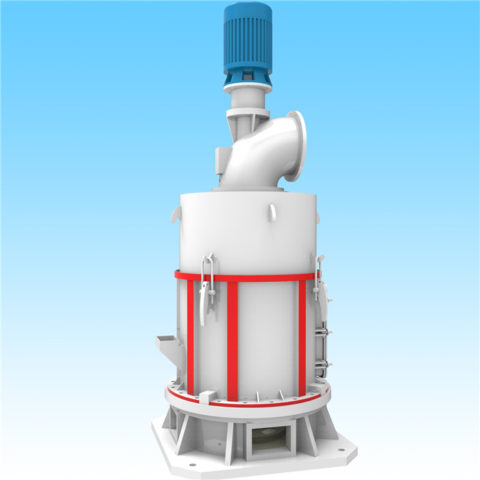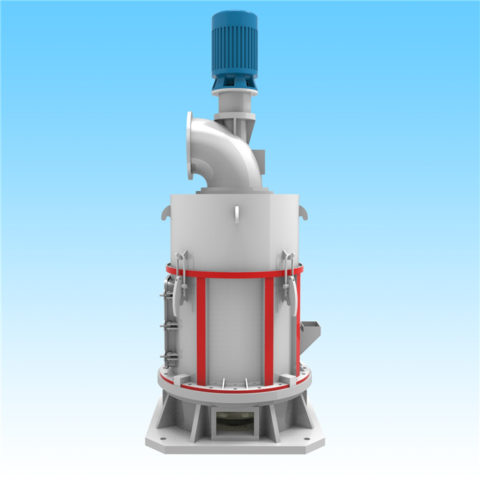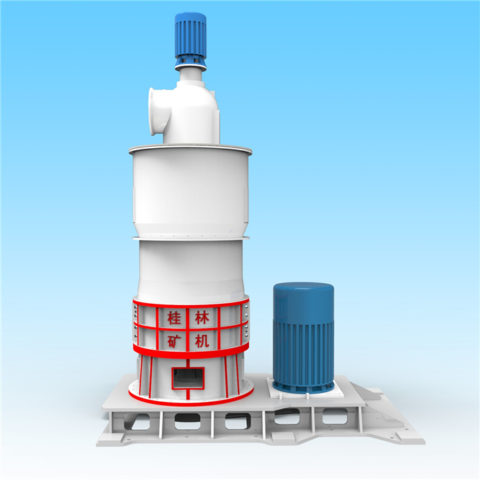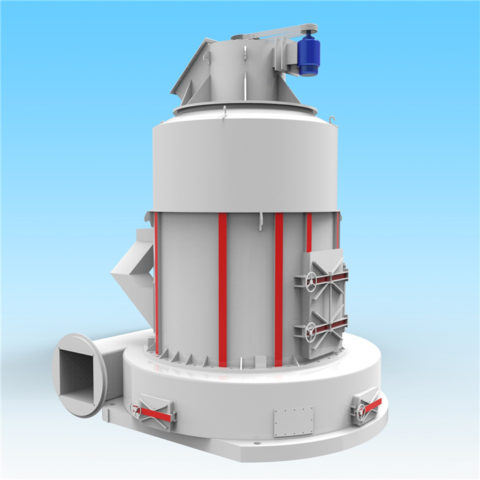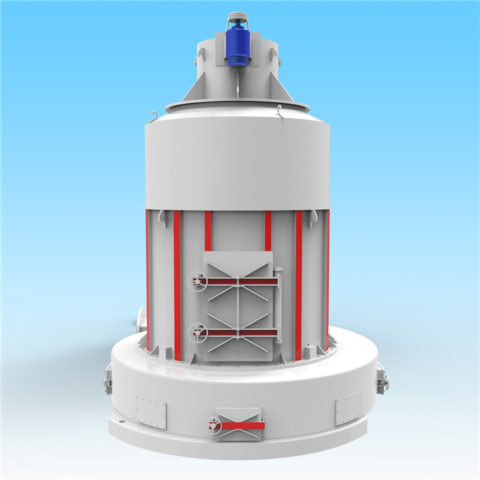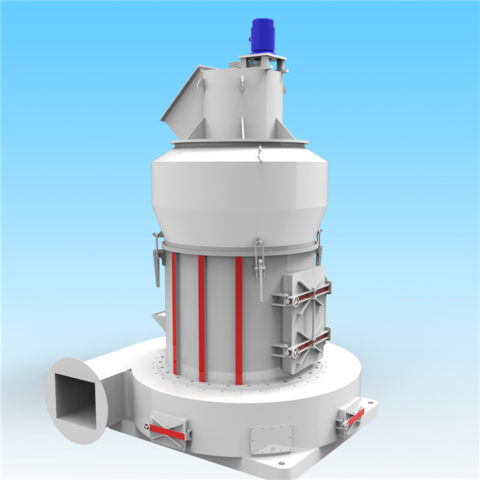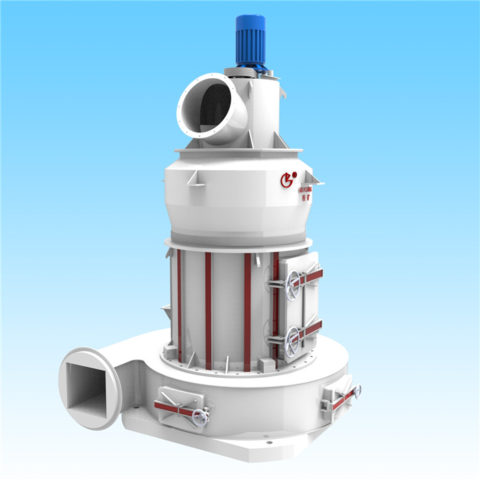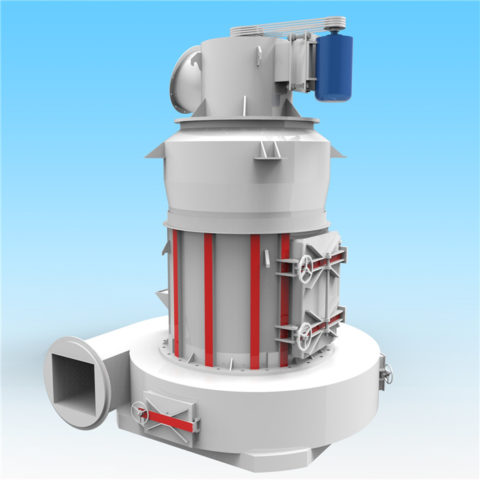Flotation is a mineral separation process done in the water medium. It is based on the difference in the surface properties of the mineral and gangue. The surface of the selected mineral is made hydrophobic (water repellent) by the use of selective reagents and these particles get attached to the air bubbles that are introduced in the system and collected as froth whereas the hydrophilic (wetted) particles are left behind in the slurry.
Flotation is a physical-chemical process that uses the difference in the surface properties of the wanted and unwanted particles. It involves a three-phase interaction between solid, liquid and air. In general, we need to use the agents in the ore beneficiation process. Flotation surfactants are the surface-active agents, which adsorb on the mineral surface and change the mineral characteristics. This can be classified into different groups:
1. Collectors: These are the chemicals that adsorb on the mineral surface and make it hydrophobic.
2. Activators: If the mineral surface doesn’t adsorb a collector, special reagents are added to the system, which allow the collector to bind the mineral surface. An activator normally works by adsorbing onto the mineral surface, thereby providing sites for the adsorption of the collector species.
3. Depressants: The purpose of depressants is to inhibit or retard the flotation of a desired type of particle. It either inhibits the collector molecule from adsorbing onto the particle surface or to mask the adsorbed collector species from the bulk solution so that the particle does not display a hydrophobic property.
4. Dispersants: These are used to prevent fine particle aggregation. It gets adsorbed on the surface and thus increasing the strong columbic repulsion forces and preventing particles to aggregate.

